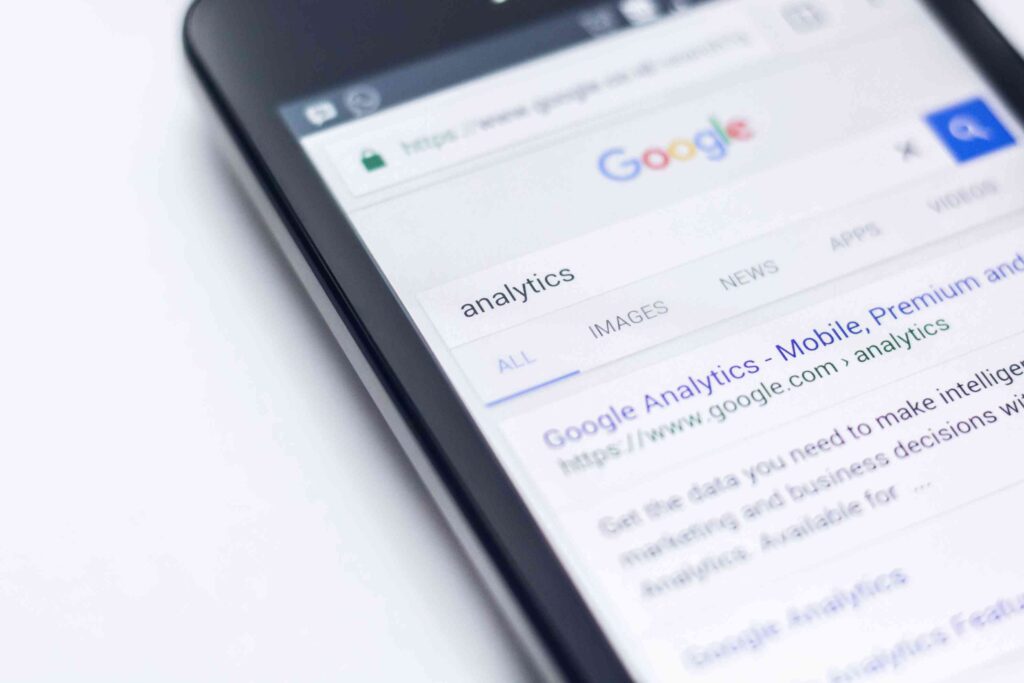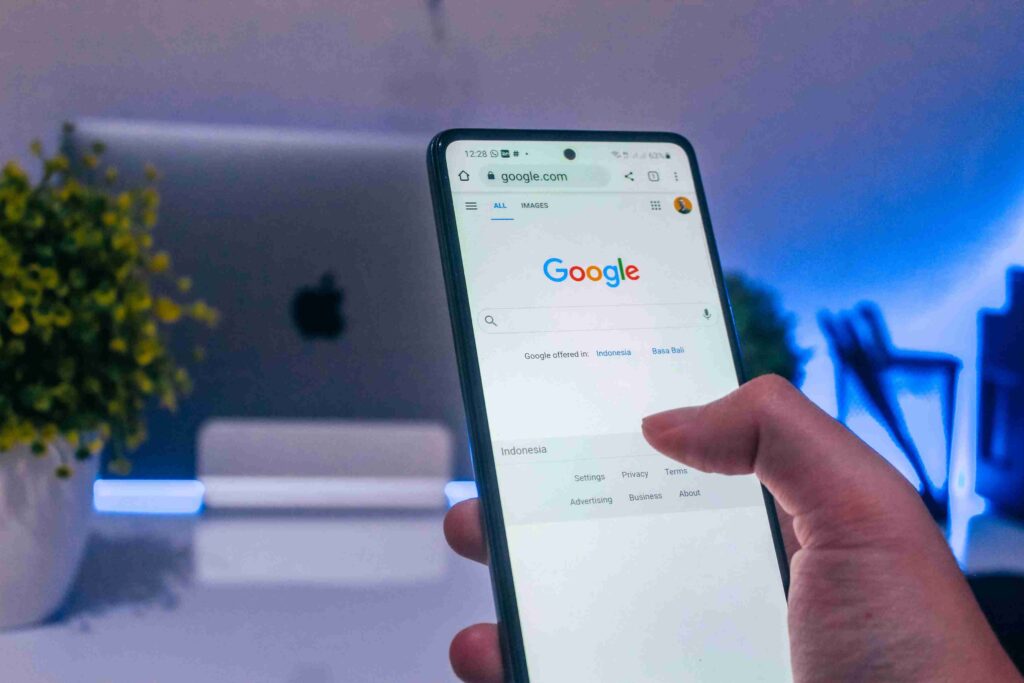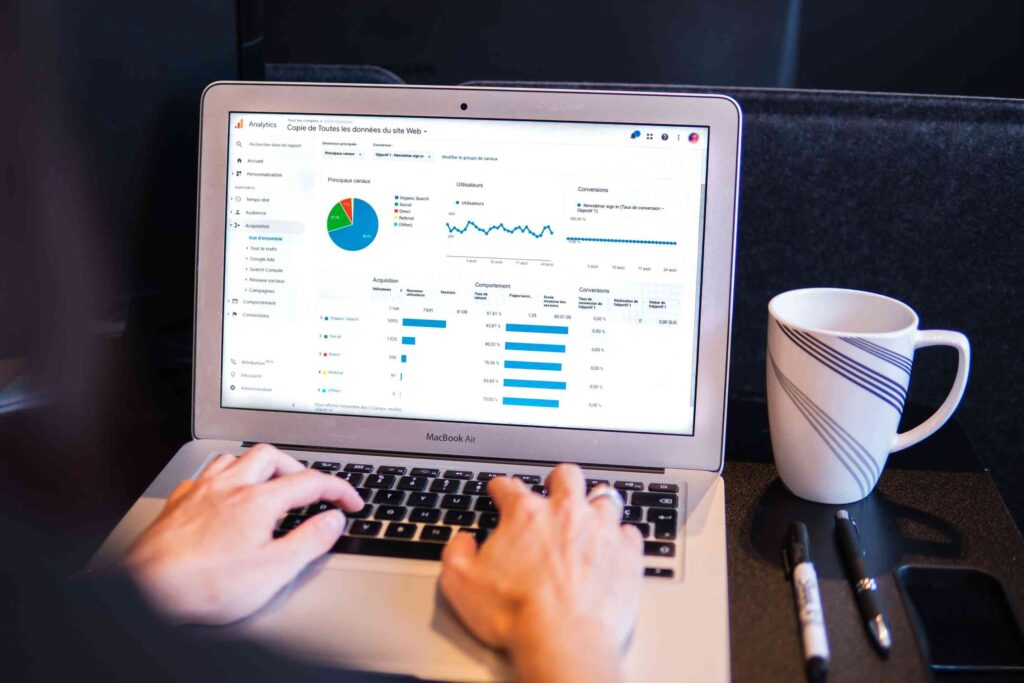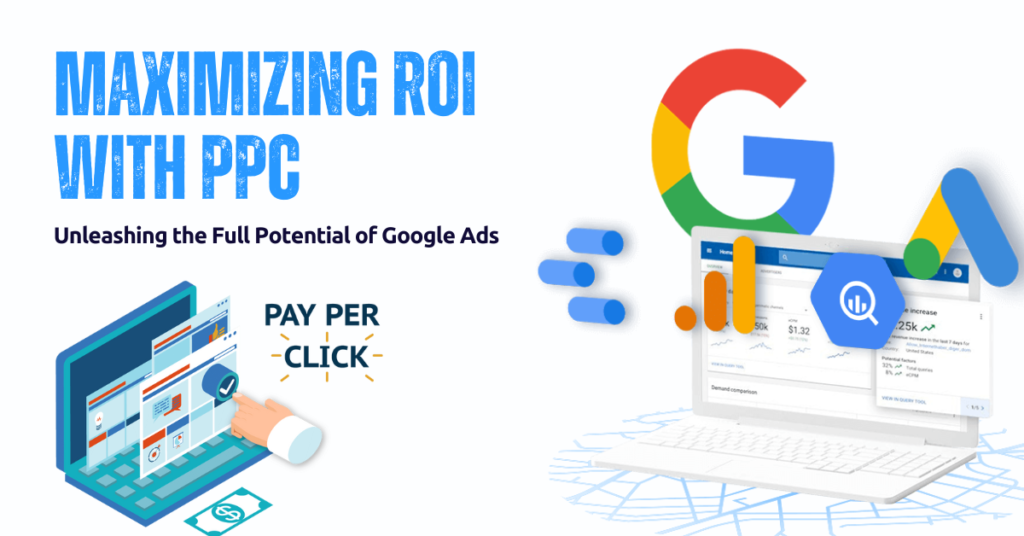In today’s digital age, businesses are constantly seeking innovative strategies to amplify their online presence and drive conversions. Among the plethora of digital marketing tools available, Pay-Per-Click (PPC) advertising, especially through Google Ads, stands out as a powerful mechanism to achieve maximum return on investment (ROI). This article delves deep into the world of PPC and elucidates how businesses can harness the full potential of Google Ads to maximize their ROI.
1. Understanding the Basics of PPC and Google Ads
Before diving into strategies, it’s crucial to grasp the fundamentals. PPC is an online advertising model where advertisers pay a fee each time their ad is clicked. Google Ads, formerly known as Google AdWords, is the most popular PPC platform, allowing businesses to display their ads on Google’s search results and its partner sites.
2. The Significance of ROI in PPC Campaigns
ROI measures the profitability of an investment. In the context of PPC, it’s the ratio of net profit to the cost of the campaign. A positive ROI indicates that your campaign is profitable, while a negative ROI suggests a loss. Thus, maximizing ROI isn’t just about increasing traffic or clicks—it’s about ensuring those clicks lead to conversions and sales.
3. Strategies to Maximize ROI with Google Ads

- Keyword Research: The foundation of a successful PPC campaign lies in selecting the right keywords. Use tools like Google Keyword Planner to identify high-volume, low-competition keywords relevant to your business.
- Ad Copy Optimization: Craft compelling ad copies that resonate with your target audience. A/B test different versions to determine which one drives the highest conversions.
- Landing Page Relevance: Ensure that the landing page you’re directing traffic to is relevant to your ad copy and offers a seamless user experience. A mismatch can lead to higher bounce rates and lower conversions.
- Bid Strategy: Adopt a flexible bid strategy. Consider using automated bidding options in Google Ads, like Target CPA or Target ROAS, to optimize bids for conversions.
- Negative Keywords: Regularly update your negative keyword list to prevent your ads from appearing for irrelevant searches, saving money and improving ROI.
- Ad Extensions: Utilize ad extensions like sitelink, callout, and structured snippet extensions to provide additional information and increase the real estate of your ad on the search results page.
- Audience Targeting: Segment your audience based on demographics, interests, and behavior. Tailor your ads to cater to each segment, enhancing relevance and conversion potential.
- Regular Monitoring and Optimization: Continuously monitor campaign performance using Google Ads analytics. Make necessary adjustments based on data-driven insights.
4. The Power of Remarketing in Google Ads
Remarketing allows you to display ads to users who’ve previously visited your website but didn’t convert. By targeting this audience, you increase the chances of driving conversions, as these users are already familiar with your brand.
5. The Role of Quality Score in Google Ads
Quality Score is a metric used by Google to rate the quality and relevance of your keywords and PPC ads. It’s influenced by:
- Click-Through Rate (CTR): A higher CTR often indicates that your ad is relevant to searchers.
- Relevance of Each Keyword to its Ad Group: Grouping similar keywords together can improve your score.
- Quality and Relevance of Landing Page: A relevant and user-friendly landing page can boost your Quality Score.
- Ad Text Relevance: Ads that resonate with your keyword themes tend to get better scores.
- Historical Google Ads Account Performance: An account with a track record of high performance can benefit your Quality Score.
A higher Quality Score can lead to lower costs and better ad positions, directly impacting your ROI.
6. The Importance of Mobile Optimization

With the surge in mobile searches, it’s imperative to optimize your Google Ads for mobile devices. This includes:
- Mobile-Friendly Landing Pages: Ensure your landing pages are responsive and load quickly on mobile devices.
- Mobile-Optimized Ad Copy: Craft concise and compelling ad copies that cater to mobile users.
- Utilize Mobile Ad Extensions: Use location extensions and click-to-call buttons to enhance mobile user experience.
7. Seasonal Trends and Google Ads
Understanding seasonal trends can be pivotal in maximizing ROI. For instance, a business selling winter apparel should ramp up its advertising efforts during colder months. Utilize Google Trends to identify search volume peaks for your products or services and adjust your ad spend accordingly.
8. Diversifying Ad Formats
Google Ads offers a variety of ad formats, including:
- Search Ads: Appear on Google search results.
- Display Ads: Visual ads that appear on Google’s partner websites.
- Video Ads: Promote your brand on YouTube and other video platforms.
- Shopping Ads: Showcase your products directly with images and prices.
Diversifying your ad formats can help you reach different segments of your audience and drive varied types of engagements.
9. Embracing Automation and Machine Learning

Google Ads has introduced several automation and machine learning features that can help advertisers optimize their campaigns. Features like Smart Bidding and Dynamic Search Ads can take the guesswork out of campaign optimization, allowing for more efficient use of your advertising budget.
10. Final Thoughts
Maximizing ROI with PPC, especially through Google Ads, is a dynamic process that requires continuous learning, testing, and optimization. By staying updated with the latest trends, understanding your audience, and leveraging the power of data-driven insights, businesses can ensure that their advertising efforts yield the desired results.
11. Conclusion
Google Ads, when leveraged effectively, can be a game-changer for businesses aiming to maximize their digital ROI. By understanding the intricacies of PPC and implementing the strategies outlined above, businesses can ensure that every penny spent on Google Ads translates into tangible results.
FAQs
1. What is the difference between PPC and Google Ads?
Answer: PPC, or Pay-Per-Click, is an online advertising model where advertisers pay a fee each time their ad is clicked. Google Ads is a platform provided by Google that allows advertisers to run PPC campaigns on Google’s search results and its partner sites. In essence, Google Ads is a tool to execute PPC advertising.
2. How do I determine the ROI of my Google Ads campaign?
Answer: ROI (Return on Investment) for a Google Ads campaign can be calculated using the formula: ROI=(NetProfitfromAds−CostofAds)/CostofAds×100 For instance, if you spent $100 on ads and made $500 in sales, your net profit is $400. Thus, your ROI would be 400%.
3. Why is my Quality Score important in Google Ads?
Answer: Quality Score is a metric used by Google to gauge the relevance and quality of your keywords and PPC ads. A higher Quality Score can lead to lower costs per click (CPC) and better ad positions. It’s a reflection of the overall health and performance of your campaigns, influencing how much you pay and how your ads are positioned.
4. Can I target specific demographics or locations with my Google Ads?
Answer: Yes, Google Ads offers advanced targeting options. You can target your ads based on demographics like age, gender, and household income. Additionally, you can geographically target your ads to specific countries, regions, or even a set radius around a particular location.
5. What are negative keywords, and why are they important?
Answer: Negative keywords are terms that prevent your ad from being triggered by a certain word or phrase. By adding negative keywords to your campaign, you can filter out unwanted traffic and ensure that your ads reach the most relevant audience. This helps in reducing costs and improving the overall ROI of your campaign.

